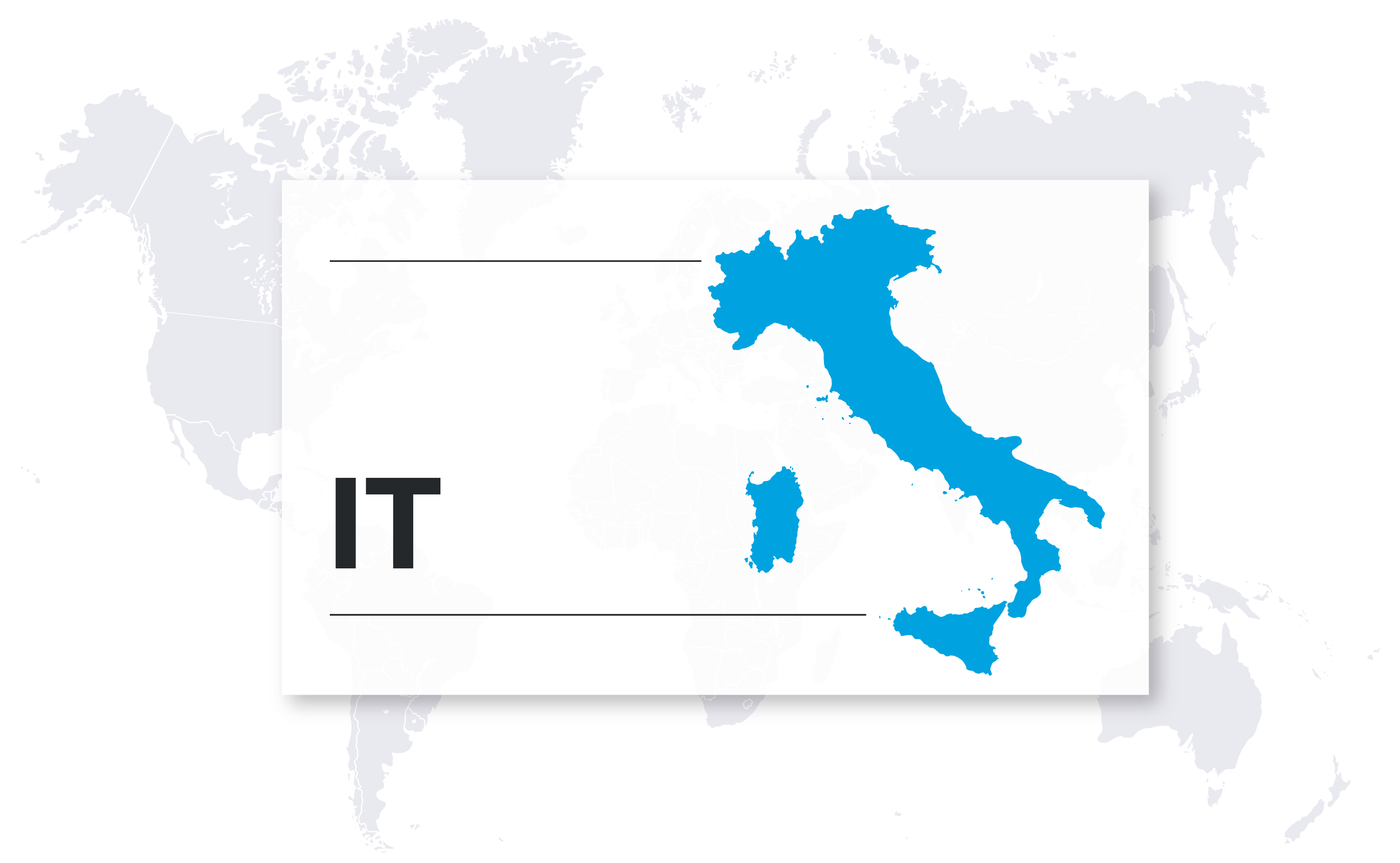In response to the EU Pay Transparency Directive, which requires employers operating in European Union member states to report on pay data, Trusaic will be evaluating the state of each country in the EU’s current gender pay gaps and the path toward compliance.
The impetus for the EU Pay Transparency Directive was to address the 12.7% gender pay gap in the European Union. Italy has one of the lower gender pay gaps in the EU at 8.7% but it has been widening in recent years.
Italy recently implemented an equal pay law that requires employers with 50 or more employees to supply pay data reports. However, those reports fall well short of what will be asked of Italian employers under the EU Directive.
Quick Action Items for Italian Employers
Italian employers with 50 or more employees are required to disclose fundamental pay information about their workforce. Additionally, they are required to be transparent about non-pay components that cover the opportunity equity of the employee lifecycle.
Italian employees will need to prepare to adapt to much more comprehensive reporting requirements under the EU Directive. They also will need to adjust to a yearly cadence, as they currently report every two years. Additionally, Italian employers should prepare for the following:
As we’ve previously noted, the EU Directive deliberately uses the wider term of “worker” versus “employee” to account for contractors. This will also be an adjustment for Italian employers, as the nation’s equal pay law only applies to employees.
Streamline Your Global Pay Data Reporting Efforts
Italian employers should proactively evaluate their current pay practices and overall compensation philosophy. Employers can lean on pay equity software solutions to expedite this process and determine root causes of potential pay disparities.
In effect, by 2026, all large employers (250+ employees) must report gender pay gaps. By 2031, all smaller employers (100 or more employees) will have to comply.
Italian employers will have a smoother transition than some of their EU counterparts given their existing reporting thresholds. However, organizations will need to move swiftly to prepare for the added reporting requirements.
Italian Employers’ Current Requirements
Every public and private employer with 50 or more employees in Italy must comply with the equal pay law, (Law 162/2021). This requires organizations to publish an equality report every two years. Organizations with fewer than 50 employees can voluntarily prepare a report.
Italian employers are currently in a reporting year. The Ministry of Labor recently announced that the deadline for Italian employers to submit their 2022-23 Gender Pay Report has been postponed until July 15, 2024.
Employers that submit the equality report and meet certain gender criteria can apply for a Gender Equality Certificate.
Equality reports must provide the following data:
- Overall numbers of female and male workers.
- Difference in starting salaries of workers by gender.
- Professional category and job performed by each employee.
- Details of full-time and part-time contracts.
- Analysis of wages (both base salary and total compensation) and the differences in benefits.
- Employee data on new hires, promotions, transfers, employee training, and terminations throughout the year.
In addition to detailed employee data, the equality report requires information about general employer policies and procedures, including:
- Information and data on selection processes in the hiring phase.
- Recruitment processes.
- Procedures used for access to professional and managerial training.
- Tools and measures made available to promote work-life balance.
- The presence of company policies to ensure an inclusive and respectful work environment.
- The criteria adopted for career progression.
Access Italy’s Gender Pay Gap Reporting Guide
Italy’s Gender Equality Certification System was introduced by The Italian National Recovery and Resilience Plan (NRRP) in 2022 and is linked to its fifth mission of Inclusion and Cohesion. Two key aims of the certificate are to reduce the gender pay gap and promote greater participation of women in the workforce.
In addition, certification recognizes companies that adopt concrete policies and measures in relation to growth opportunities in the company, equal pay for equal work, policies for managing differences in gender, and maternity protection.
Six areas are used for employer assessment in relation to gender equality:
- Culture and strategy.
- Governance.
- Human Resource processes.
- Growth opportunities.
- Compensation equity by gender.
- Parental protection and work-life balance.
Each area is given a score, containing a mix of qualitative and quantitative KPIs. Companies must achieve a minimum total score of 60% to attain certification. Certificates are valid for 36 months.
In addition to reputational benefits, employers that obtain a certificate are exempt from social security contribution payments, to the value of 1% up to €50,000 annually. Companies also benefit from a bonus score for securing state aid or public funding.
Complying with the EU Directive
The EU Pay Transparency Directive was approved in 2023, establishing a clear framework for EU member states to apply the principle of equal pay for equal work or work of equal value.
EU member states have three years from June 7, 2023 to transpose the directive into law. Likely implementation dates are 2026, however, some countries may enact legislation earlier. All 27 member states are required to adopt the directive.
Employers operating in EU member states can take several preliminary steps to ensure compliance with the upcoming legislation. The EU Directive includes a requirement for a Joint Pay Assessment where pay gaps are higher than 5%. Italy has no such requirement in its current pay data reporting laws.
Italian employers should reevaluate recruitment processes to comply with salary range and salary history ban requirements. One way to achieve this is to create equitable, explainable, and competitive salary ranges. For example, is the base salary competitive and commensurate with employee skills?
Other items include:
- Pay explainability. Prepare to explain how you differentiate and define performance in setting base salaries. Pay transparency legislation means workers must be given access to criteria used to define salary and pay raises.
- Analyze pay gaps. Identify the causes where pay disparities exceed 5%. If there is no objective justification, we recommend addressing any anomalies to remove those unexplained gaps.
- Intersectional pay equity audit. Intersectionality is essential to close the gender pay gap. It recognizes that individuals can experience discrimination and inequality based on the intersection of multiple identities, such as race, gender, disabilities, age, and more. As noted above, intersectional discrimination is defined in the EU Transparency Directive.
Trusaic is GDPR compliant and can assist any organization in any EU state in meeting its obligations under both the EU Corporate Sustainability Reporting Directive and the EU Pay Transparency Directive.











